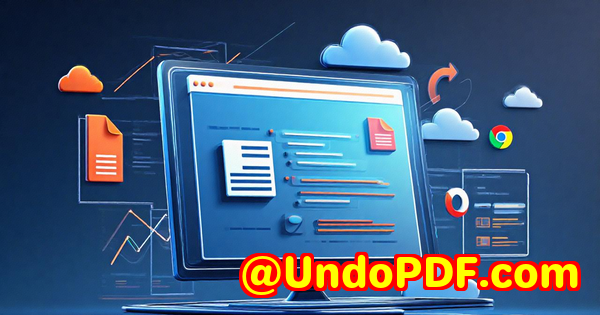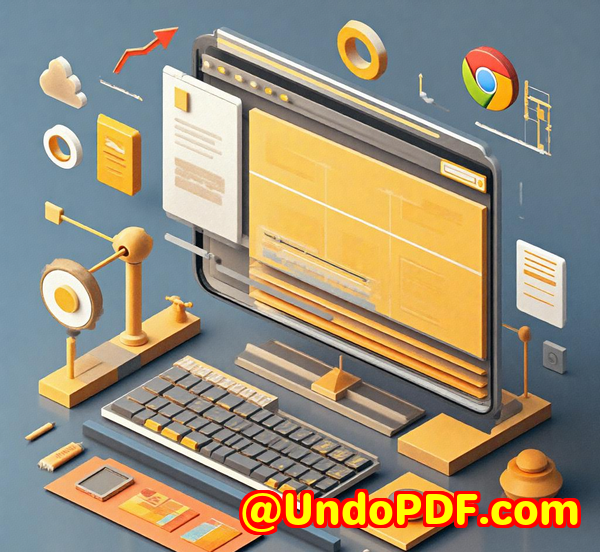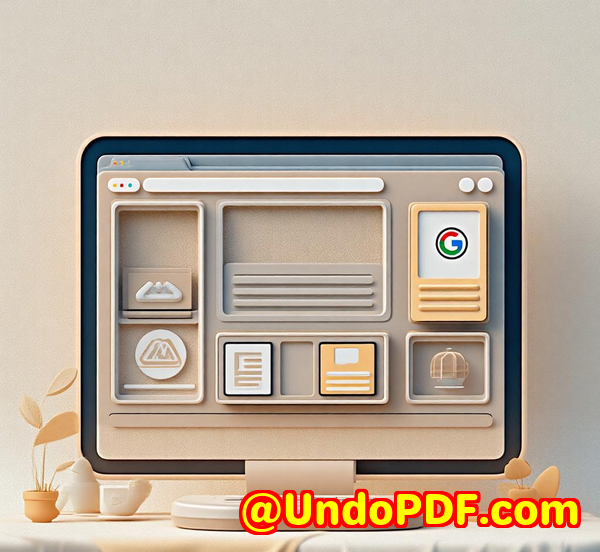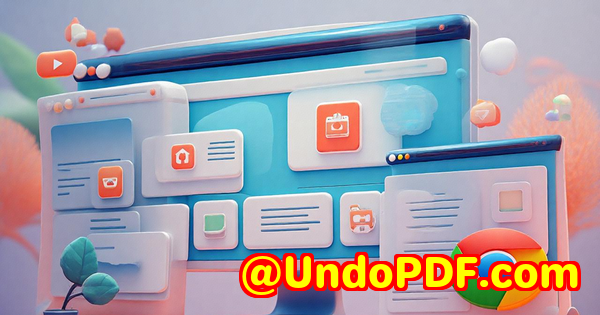How to Build a No-Download Barcode Scanner with JavaScript for Use in Remote Field Service Operations
How to Build a No-Download Barcode Scanner with JavaScript for Use in Remote Field Service Operations
Every time I’ve been out in the field, whether fixing equipment at a remote site or managing inventory in a warehouse with flaky Wi-Fi, one thing’s clear: scanning barcodes shouldn’t slow me down. But traditional barcode scanners or clunky apps often mean extra hardware or downloads that just aren’t practical when you’re working on the move. You need something that works straight from a browser, no installs, no fuss.

That’s why I was excited to discover the VeryUtils JavaScript Barcode Scanner SDK for Web and Mobile Apps. It’s a game-changer if you want to turn any camera-equipped deviceyour phone, tablet, or laptopinto a lightning-fast barcode scanner without asking users to download an app. Perfect for remote field service operations where ease and speed are everything.
Why the VeryUtils JavaScript Barcode Scanner SDK Stands Out
This SDK is designed for developers but built with end-users in mind, making it a powerful tool for anyone looking to embed barcode scanning directly into web or mobile applications.
Here’s how it works:
-
It runs entirely in the browser using WebAssembly, so there’s no setup or installation needed on the user side.
-
It supports real-time scanning of up to 20 barcodes per second with 99% accuracyeven when barcodes are damaged or in low light.
-
It works offline thanks to Progressive Web App (PWA) support, meaning you’re not reliant on a solid internet connection.
-
It offers built-in user guidance like visual cues, sounds, and haptic feedback to make scanning smoother.
-
It supports a huge range of barcode types, from 1D barcodes like Code 128 and EAN-13, to 2D codes like QR codes and DataMatrix, plus even postal codes.
My Experience: From Frustration to Fast, Seamless Scanning
I first tried the VeryUtils SDK on a project involving a remote maintenance team who needed to log equipment data at sites with poor connectivity. Traditionally, they carried bulky scanners or had to use apps that demanded constant updates and setup.
Implementing the JavaScript Barcode Scanner SDK was straightforward. With just a few lines of code, I integrated it into a web app that the team could access from any device browser. No downloads, no delays.
Some things that really stood out:
-
Speed and accuracy: Scanning multiple barcodes in a batch became effortless. The team could scan up to 20 codes per second with near-perfect accuracy, even when labels were scratched or faded.
-
Offline mode: The PWA support was a lifesaver. Even with spotty or no internet, scanning worked flawlessly, letting the team keep records without interruption.
-
User guidance: The audio and visual feedback helped less tech-savvy users know instantly when a scan was successful. It reduced errors and cut down on frustration.
-
Security: Since everything runs in-browser without uploading data externally, it eased concerns about sensitive information leaking.
Compared to other barcode libraries I’ve usedwhich often require bulky native apps, are slower, or have limited format supportthe VeryUtils SDK felt polished and modern. No awkward SDK installations, no backend headaches. Just a sleek scanning experience right in the browser.
Who Benefits Most from This JavaScript Barcode Scanner?
This SDK is ideal for:
-
Field service teams working in remote or low-connectivity environments.
-
Inventory managers who need fast scanning on mobile devices without installing apps.
-
Developers building web or mobile applications that need integrated barcode scanning features without reinventing the wheel.
-
Businesses requiring secure, no-download scanning solutions for customer-facing or internal apps.
-
Anyone needing batch barcode scanning with real-time feedback and high accuracy.
Practical Use Cases That Really Work
-
Remote equipment maintenance: Field technicians scan asset tags to instantly pull up repair history or log service data.
-
Warehouse inventory: Workers scan products quickly, even in dim storage rooms, and update stock levels in real time.
-
Retail checkout: Web-based POS systems with built-in scanningno extra hardware needed.
-
Event check-in: Scan tickets or passes with a simple web app, no app store downloads required.
-
Postal and logistics: Scan and validate various postal codes and labels during package sorting.
Why This SDK Is a Step Above the Rest
Here’s the kicker: no app installs, no setup, just pure browser power.
-
Unmatched speed: Scanning over 500 barcodes per minute is not just a claimit’s what I experienced during batch scans.
-
Extensive format support: Whether it’s obscure 1D symbologies or complex 2D codes, it handles them all.
-
Security-first design: Since everything processes locally, it’s perfect for sensitive environments.
-
Offline-ready: The PWA capabilities mean it works even where connectivity drops off.
-
Easy integration: Developers can quickly add scanning to existing web or mobile apps with minimal fuss.
How I Would Recommend Using It
If you’re dealing with remote operations, mobile scanning, or need to cut down on app support headaches, this SDK is a no-brainer.
I’d say: give it a shot. It saved my team time and hassle, and brought real efficiency gains.
Start your free trial now and see how easy it is to add powerful barcode scanning to your web or mobile apps.
Try it here: https://veryutils.com/javascript-barcode-scanner-sdk
Custom Development Services by VeryUtils
Beyond the JavaScript SDK, VeryUtils also offers custom development services tailored to your specific needs.
Whether it’s building custom PDF or document processing tools for Linux, macOS, Windows, or server environments, their expertise covers:
-
Development with Python, PHP, C/C++, Windows API, Linux, Mac, iOS, Android, JavaScript, C#, .NET, and HTML5.
-
Creating Windows Virtual Printer Drivers that generate PDFs, EMFs, or images.
-
Tools for intercepting and monitoring print jobs from any Windows printer.
-
Advanced analysis and processing for formats like PDF, PCL, Postscript, EPS, and Office documents.
-
Barcode recognition and generation, layout analysis, OCR, and OCR table recognition for scanned documents.
-
Cloud-based solutions for document conversion, digital signatures, and document security.
If you have a unique project or specific technical requirements, you can reach out to VeryUtils support to discuss custom solutions: http://support.verypdf.com/
FAQs
Q1: Can I use the VeryUtils JavaScript Barcode Scanner SDK without installing anything on the user’s device?
Yes, the SDK runs entirely in the browser with no app downloads or installations required.
Q2: What types of barcodes does the SDK support?
It supports a wide range including linear barcodes like Code 128, EAN-13, UPC, as well as 2D codes like QR codes, DataMatrix, Aztec, and postal codes.
Q3: Does it work offline?
Yes, with Progressive Web App support, scanning works even with minimal or no internet connection.
Q4: How fast can it scan barcodes?
It can scan up to 20 barcodes per second and over 500 per minute, making it one of the fastest browser-based scanners available.
Q5: Is it secure to use for sensitive data scanning?
Absolutely. All processing happens locally in the browser, so no data is sent to external servers unless you choose to do so.
Tags/Keywords
-
JavaScript barcode scanner SDK
-
no-download barcode scanning
-
web-based barcode scanner
-
offline barcode scanner
-
remote field service barcode solution
This SDK transformed how I handle barcode scanning in tough environments. If you’re building web or mobile apps for remote teams or just want hassle-free scanning, you’ll want to check this out.



